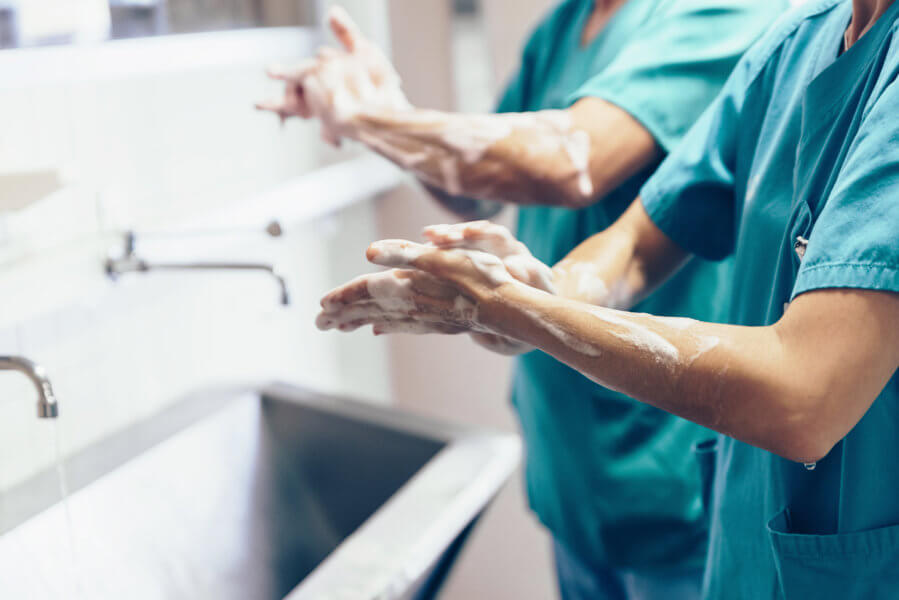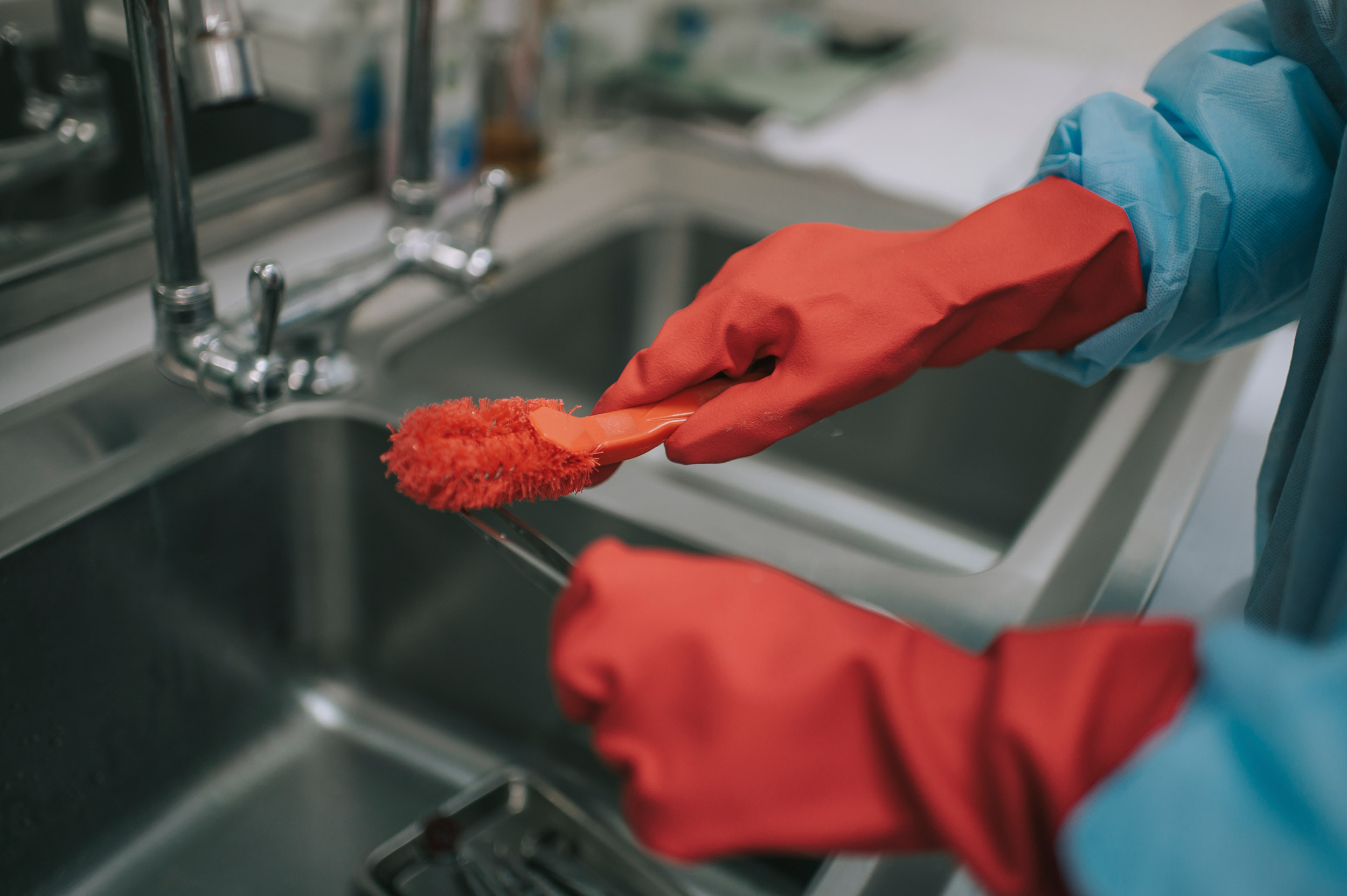
How can a hospital or clinic be certain an endoscope is truly patient-ready and safe? Are electronic systems effectively tracking every reprocessing task and step? Are there ways to enhance the cleaning, disinfection and storage assessments undertaken by an organization’s infection prevention and accreditation staff?
A study in the American Journal of Infection Control distills 10 years of endoscope audits by a “Clean Team” of health care practitioners into 13 key takeaways.
“Running an efficient endoscope auditing program is complex,” the study’s authors write. “Incorporating these key learning points into your own assessments will not only help you to improve compliance, but also build relationships with key team members.”
Flexible endoscopes are notoriously difficult to clean and disinfect, given their long, narrow channels and delicate nature. Manufacturers offer varying guidelines for cleaning, disinfecting and reprocessing scopes, and industry guidelines for reprocessing endoscopes include more than 100 steps. The process can take more than two hours to complete.
Duodenoscopes – flexible endoscopes used to treat conditions of the pancreas and bile ducts – are considered one of the more difficult types of endoscopes to clean because they have three channels and an elevator mechanism used to manipulate accessories in the duodenum. Duodenoscopes are used to perform endoscopic retrograde cholangiopancreatography (ERCP) and lingering contaminants on these endoscopes have caused multiple infections of multidrug-resistant bacteria.
More than a half million ERCPs are performed annually, and generally the risk of acquiring a duodenoscope-associated infection is considered to be low. Research, however, suggests the true rate of infection transmission during endoscopy is vastly underreported due to poor surveillance or the absence of clinical symptoms.
The authors of this study — Rebecca Washburn, Eman Chami, Abigail Keskimaki, and Patricia Starr, regulatory accreditation and infection control professionals with Henry Ford Health System in Michigan — describe an endoscope-auditing journey that began in 2009 with a three-page document filled out by one person in about 30 minutes.
Over time, and out of necessity, that process grew into a standardized tool used at 27 sites (on the hospital campus as well as in offsite clinics) where endoscope reprocessing takes place. Henry Ford’s Clean Team re-evaluated its tools, processes, and goals and partnered with area managers, subject-matter experts, vendors, and staff.
A System Reprocessing Team was also born, comprised of supply chain, clinical engineering, employee safety, and accreditation staff. Today, auditing teams visit all locations with a standardized tool, review the entire workflow, and evaluate every step, from point of use through storage, according to the study.
The study’s authors offer perspective on 13 key learnings, including:
Never audit a “clean” scope. This may seem obvious but it’s important to pick a time, the authors say, when the service area is open and patients are scheduled. This way, you’re more likely to observe reprocessing in its entirety, from point-of-use cleaning through storage—giving you a more accurate picture than a high-level verbal rundown would provide. On a related note, also be sure to ask staff to talk about what they’re doing while they do it. This accomplishes two things: getting the staffer to slow down so you don’t miss any steps, and it gives you as the auditor the chance to ask for details and assess for overall knowledge as well as technique.
Auditors should work in pairs, to cover for knowledge gaps and divide and conquer the interviewing and recording tasks for a more orderly audit. And consider multiple audit teams—a technical team (focused on things like scope anatomy), a generalist team (focused on workflow and quality control) and the department managers, who complete monthly audits and share the results with a standing work group.
Trust your gut—open cupboards and drawers, be curious, and look for things out of place. You may find problems in need of solutions.
“By sharing our journey, we hope to help other auditors avoid some of the common pitfalls that we faced,” the authors write. “Our ongoing mission is to have a comprehensive auditing team that will ensure that every endoscope is patient ready, every time.”
Click here for more from the study, including the 13 main takeaways and conclusions on running something as complex as an efficient endoscope-auditing program.


